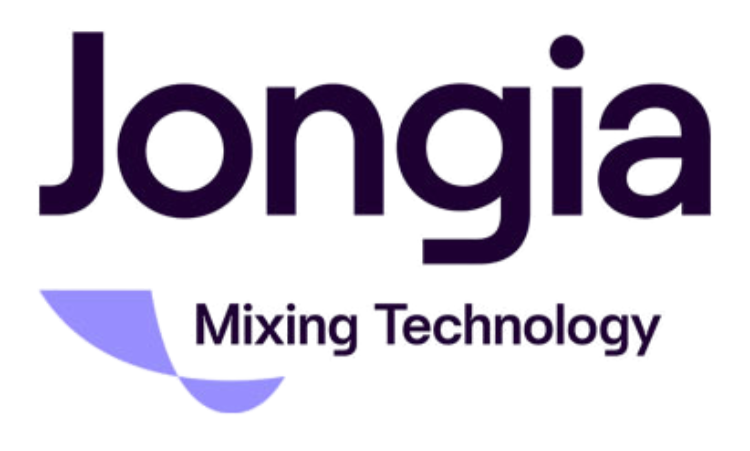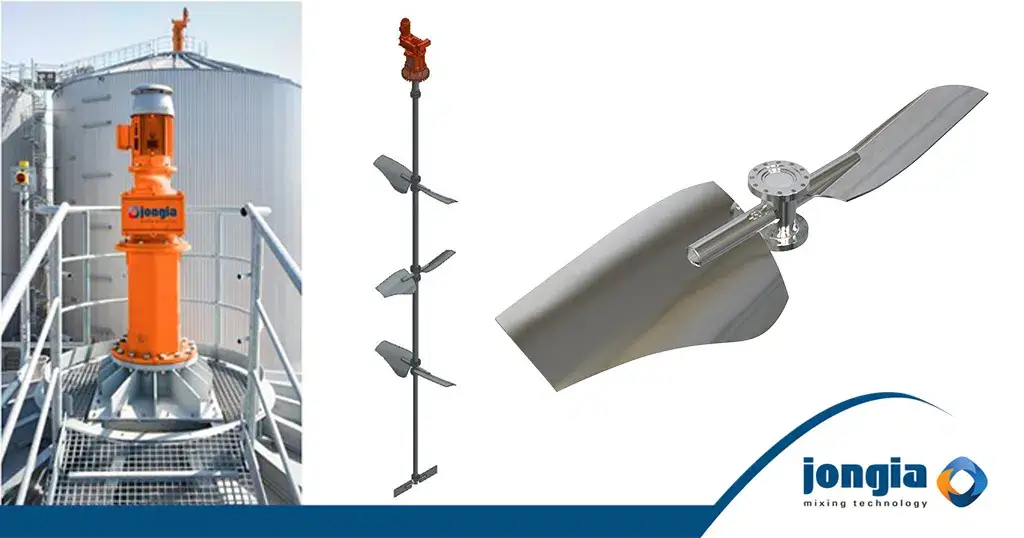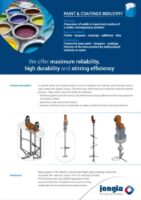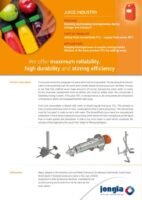To keep starch in suspension, for crystallization processes and to keep a biogas process in motion, Jongia Mixing Technology has a perfect mixing element in its range: The Hydroprop. However, what kind of questions do the customers have? And what does Jongia Mixing Technology consequently advise? This process, from request to solution, is highlighted in this article.
Selection of agitator for biogas process
It was a customer who requested Jongia Mixing Technology to select a proper agitator for their biogas process in which pig manure, grass and long fibers with a relatively high viscosity needed to be kept homogeneous. To keep the content during the biogas process homogeneous, it is necessary to create sufficient flow in the relatively large tank and enable the reactor to produce gas under a light overpressure and under a constant temperature of approximately 45 degrees Celsius.
An agitator for a job like this needs to meet a couple of requirements. For example, it should deliver sufficient force to put the digestate (biogas fluid) in motion and keep everything running twenty-four-seven during a process of constant agitation. The agitator also needs to create a sufficient axial top-over bottom flow to ensure that particles and larger fibers do not clog and to avoid floating layers under a turbulent flow. In addition, it is very important that the agitator must deliver this duty while consuming as less power as possible.
Energy efficient mixer
Since biogas is used as fuel for production of electricity (generator) or as a gas which can be consumed, it is of highest importance that the power input regarding the agitator is as low as possible, as this means a more efficient production process.
Jongia Mixing Technology has a lot of experience in biogas processes and has gathered a large number of references all over the world regarding agitators used for the biogas industry. All of these agitators are running twenty-four-seven to produce biogas as green energy.
Jongia Mixing technology’s Hydroprop is a multifunctional propeller type which combines perfect axial pumping flow with a slightly laminar smooth mixing process. This enables light viscous, and sometimes vulnerable, products to be mixed in various solid-liquids suspensions as well as axial smooth top-over bottom flow in combination with perfect heat transfer.
Low shear and smooth mixing leads to advising the Hydroprop
After the customer presented their problem regarding the biogas market, Jongia Mixing Technology selected an agitator with 3 sets of 2 Hydroprop blades, combined with a rest stirrer in the lower bottom part of the tank was selected. This rest stirrer supports the axial flow to bend and is boosted over the flat bottom to avoid that sediments settle. The blades are of such shape that at the shaft side, an angle of 45 degrees and the tip of the curved blades, the angle is only 12 degrees. This ensures a large axial flow and a smooth turbulent flow at the tip-end of the blades. Due to its shape, the Hydroprop is self-balancing which is very important in duties where light viscosity in combination with particles are combined.
Benefits of the Hydroprop
The Hydroprop has multiple benefits. First of all, it combines high quantity of pumping volume at a rather low energy consumption. This makes it ideal for various mixing and blending conditions. It was the low energy consumption, the high flow, high axial pumping and reliability which made the customer choose for the Jongia Hydroprop in their biogas process.
Want to know more?
Every process from request to solution is specified per customer. Jongia Mixing Technology has the knowledge and experience to give you full advice in this field. Any questions? Please do not hesitate to contact us.
Contact our specialized team for all your questions

Bart Brouwer
Area Sales Manager
Area Worldwide

Tom Pruymboom
Sales Director
Area Worldwide
Technical Questions?

Jan Siert Tjeerdsma
Project Manager
Technical Specialist

Sijko van der Veen
Application Engineer
Technical Specialist
In this tutorial we want to show you that the Hydroprop is multifunctional and how it combines perfect axial pumping with a light laminar and smooth mixing process.
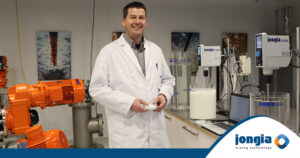
Tutorial: How do we mix native starches?
Jongia Mixing Technology has initiated many mixing processes worldwide with its agitators. This includes mixing processes in which native starch is one of the products to be mixed. Native starch is widely used in the food and paper industries. We
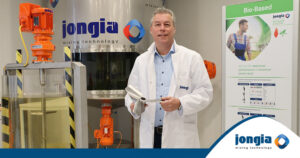
Tutorial: How does the Hydroprop work?
To keep starch in suspension, for crystallisation processes and to keep a biogas process in motion, Jongia Mixing Technology has a perfect agitator in its range: The Hydroprop. In this tutorial we want to show you that the Hydroprop is
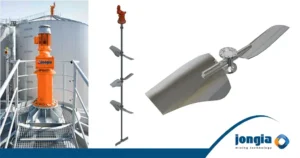
The Hydroprop: energy efficient agitator for the biogas industry
To keep starch in suspension, for crystallization processes and to keep a biogas process in motion, Jongia Mixing Technology has a perfect mixing element in its range: The Hydroprop. However, what kind of questions do the customers have? And what
